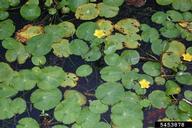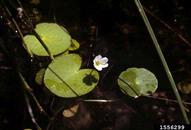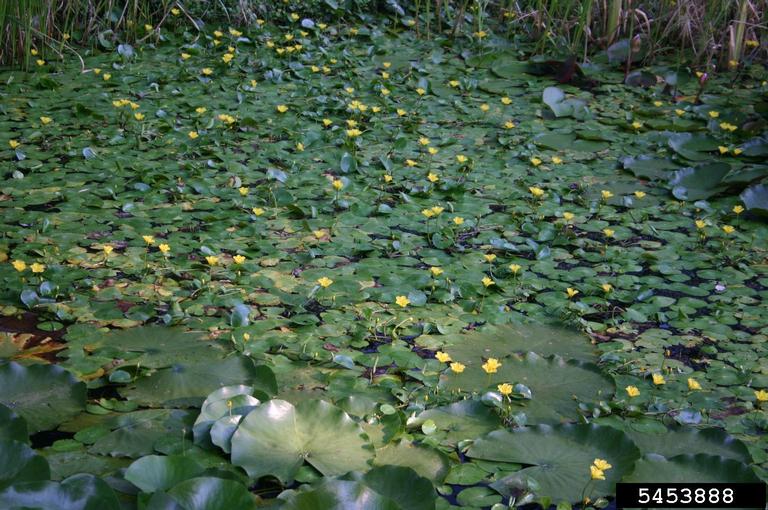
Leslie J. Mehrhoff, University of Connecticut, Bugwood.org

Leslie J. Mehrhoff, University of Connecticut, Bugwood.org
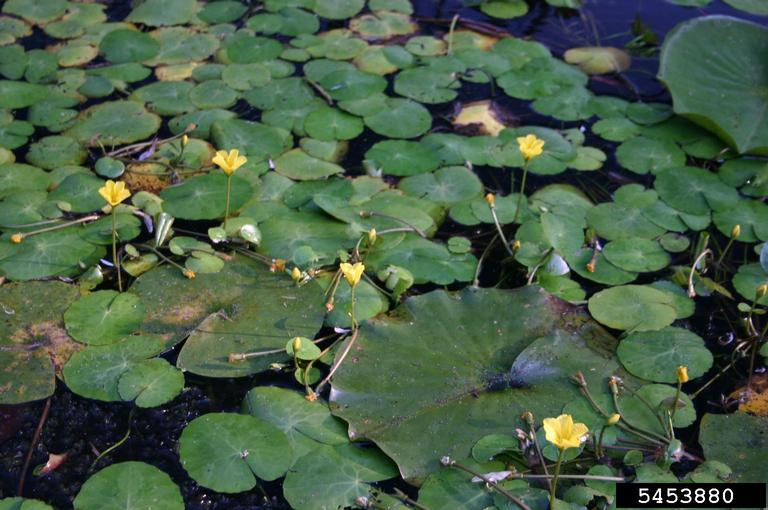
Leslie J. Mehrhoff, University of Connecticut, Bugwood.org
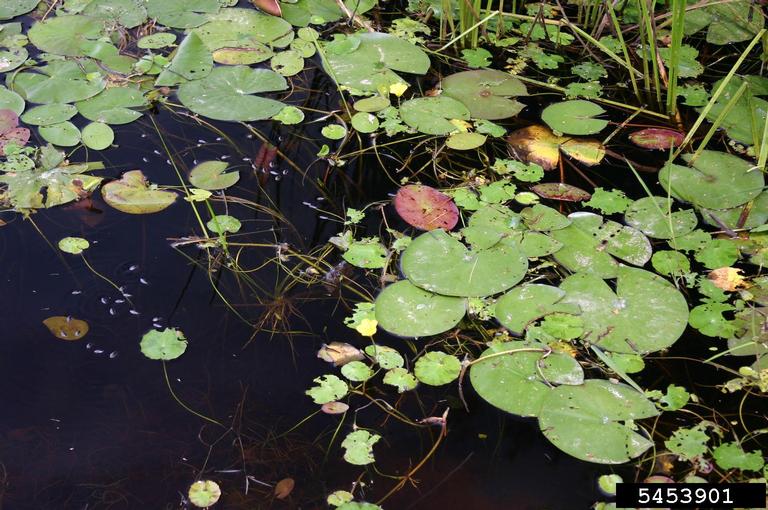
Leslie J. Mehrhoff, University of Connecticut, Bugwood.org
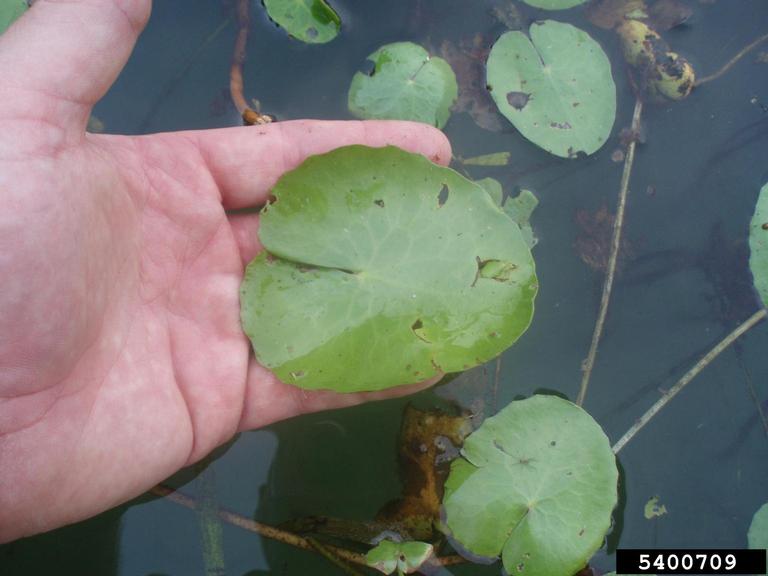
Rob Andress, Department of Conservation & Natural Resources, Bugwood.org
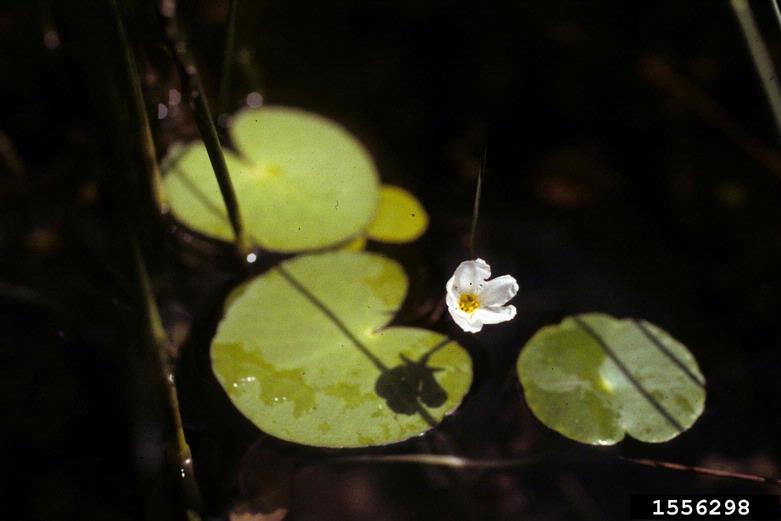
Theodore Webster, USDA Agricultural Research Service, Bugwood.org
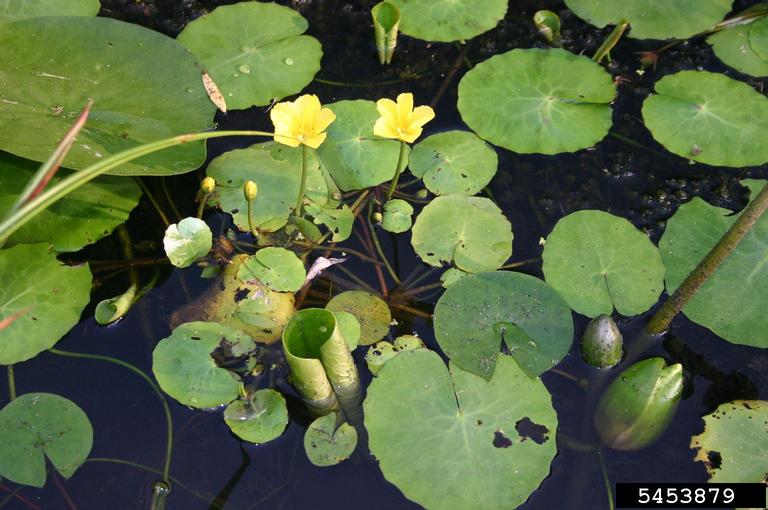
Leslie J. Mehrhoff, University of Connecticut, Bugwood.org
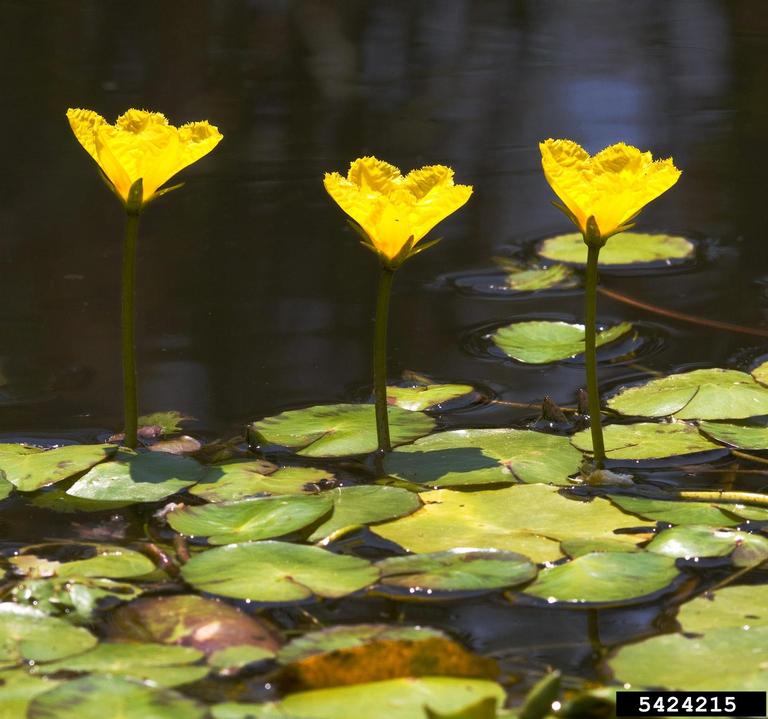
David Cappaert, Bugwood.org
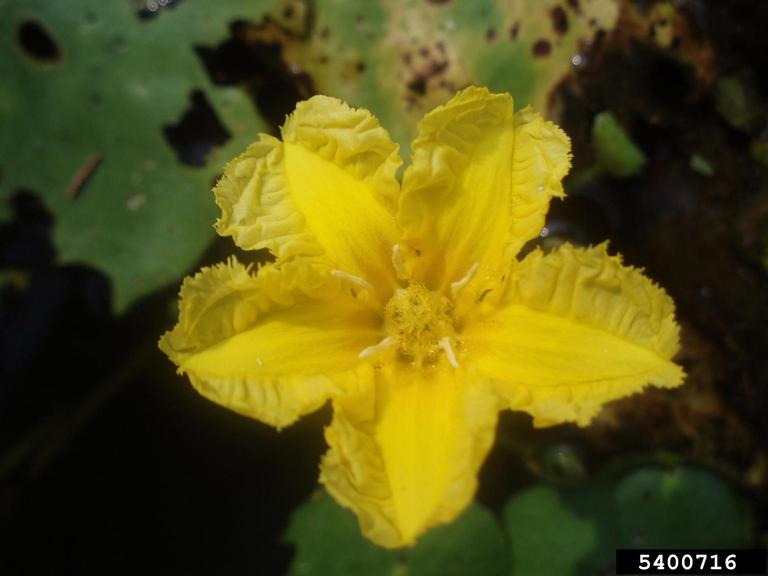
Rob Andress, Department of Conservation & Natural Resources, Bugwood.org
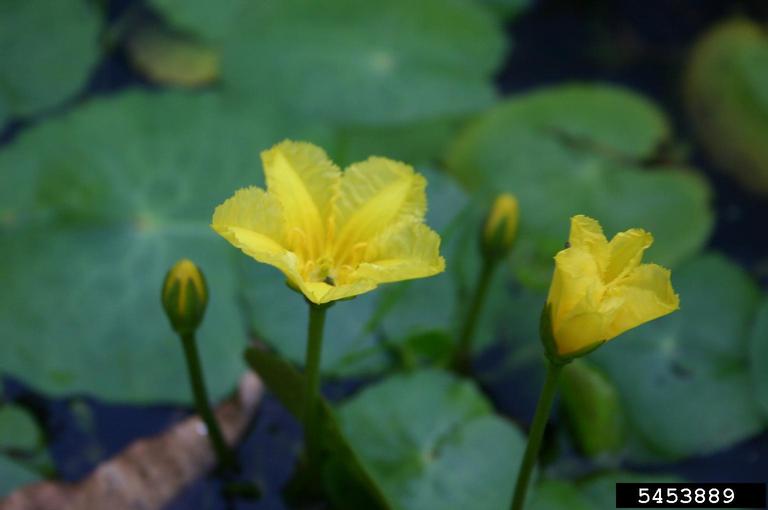
Leslie J. Mehrhoff, University of Connecticut, Bugwood.org
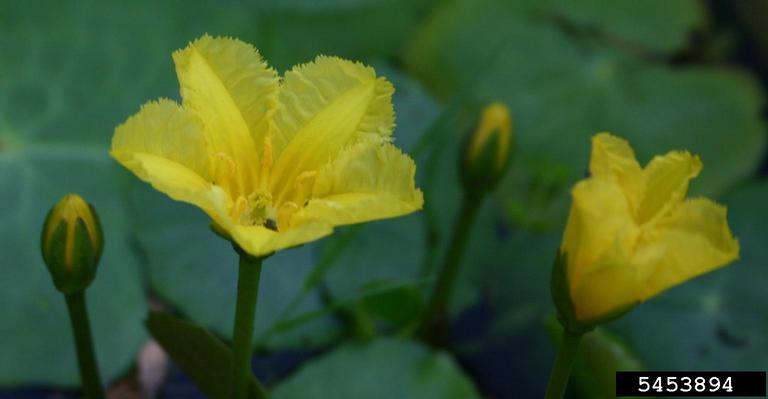
Leslie J. Mehrhoff, University of Connecticut, Bugwood.org

Theodore Webster, USDA Agricultural Research Service, Bugwood.org

